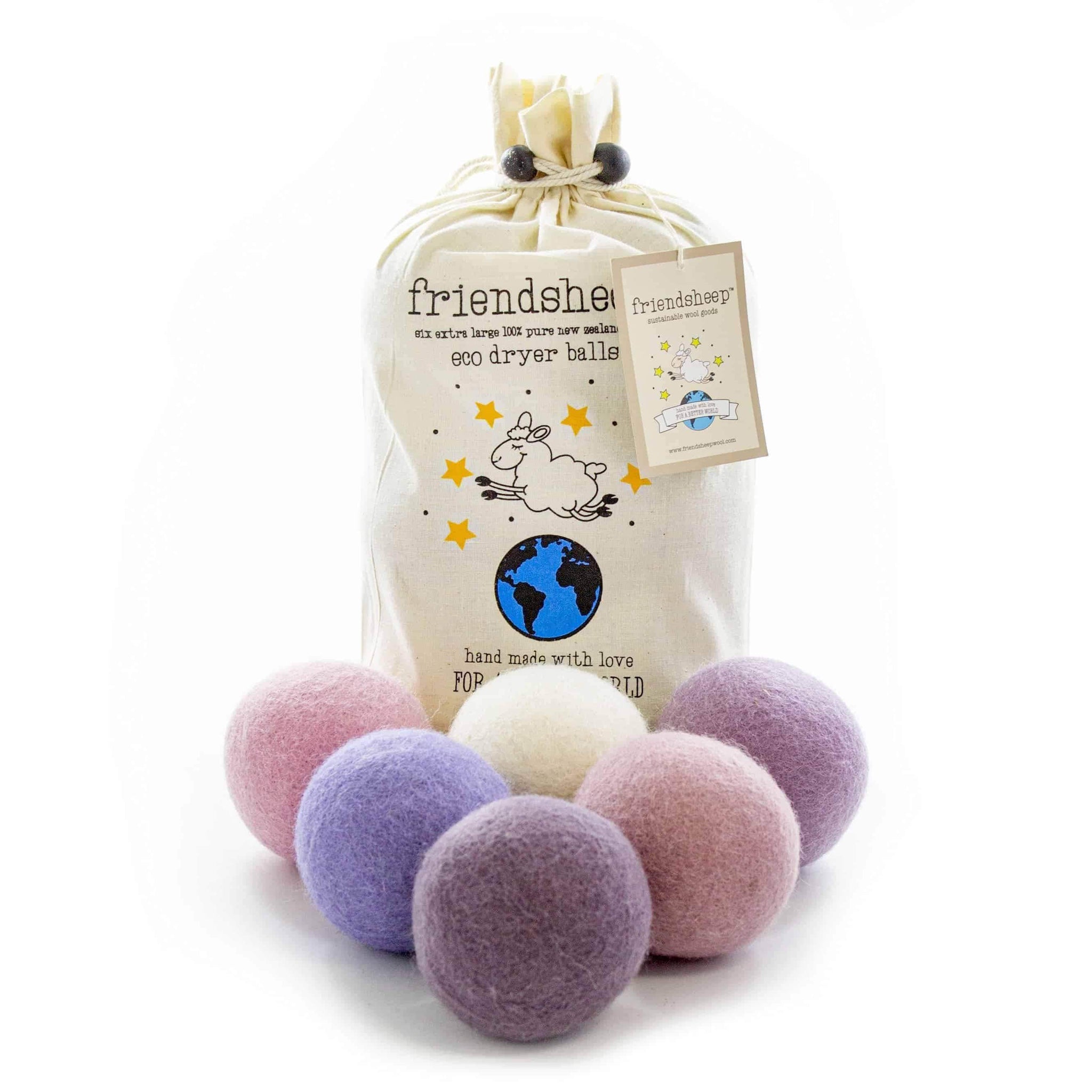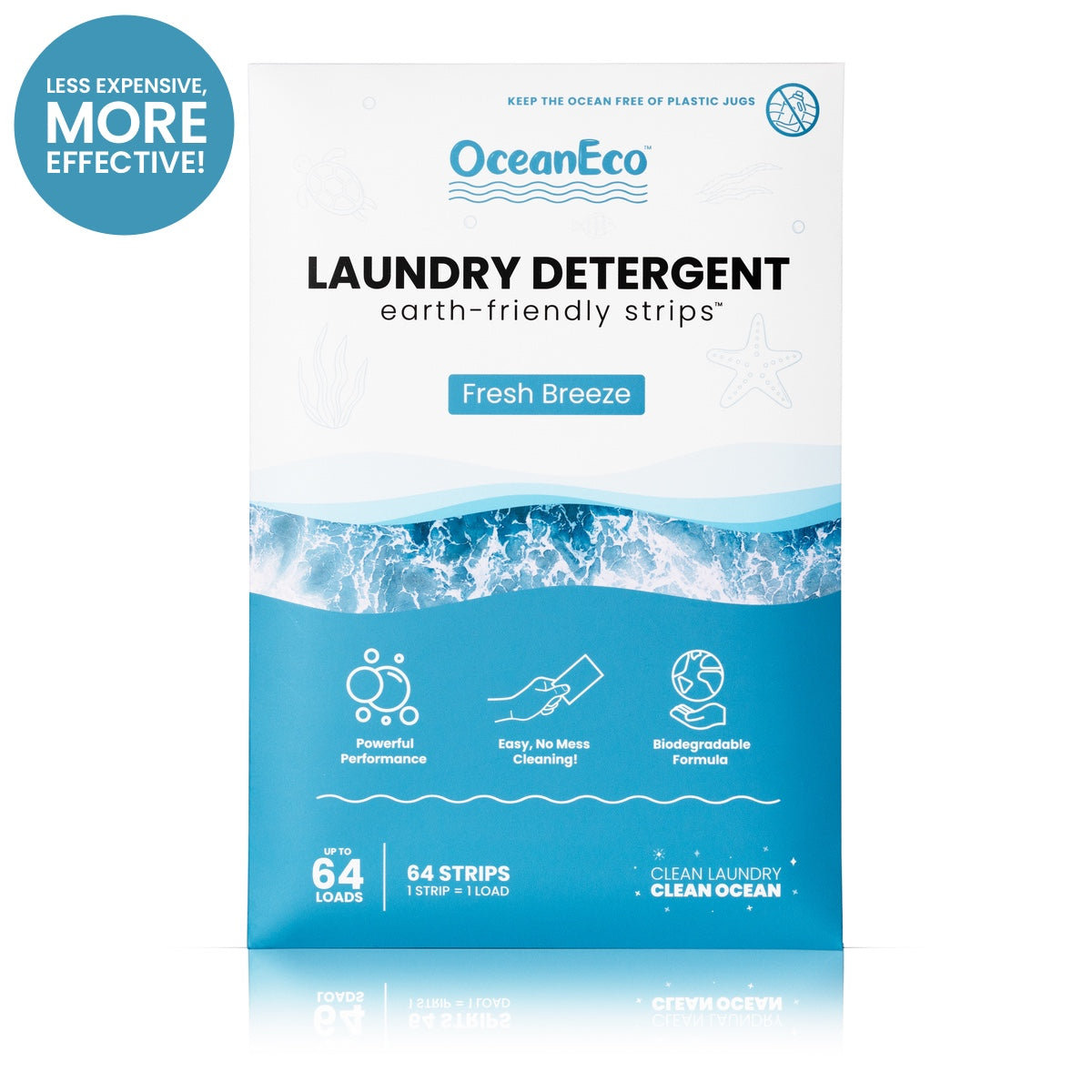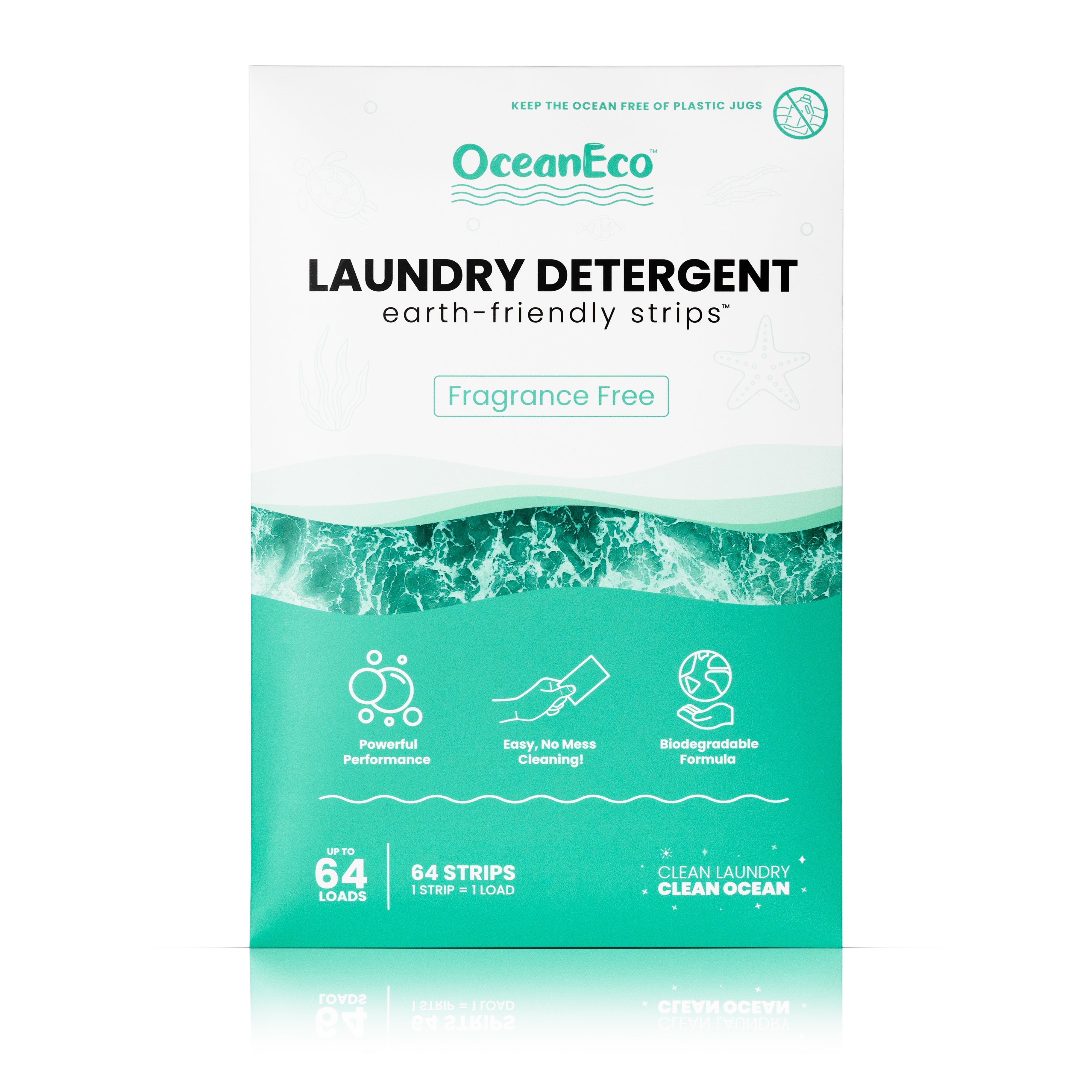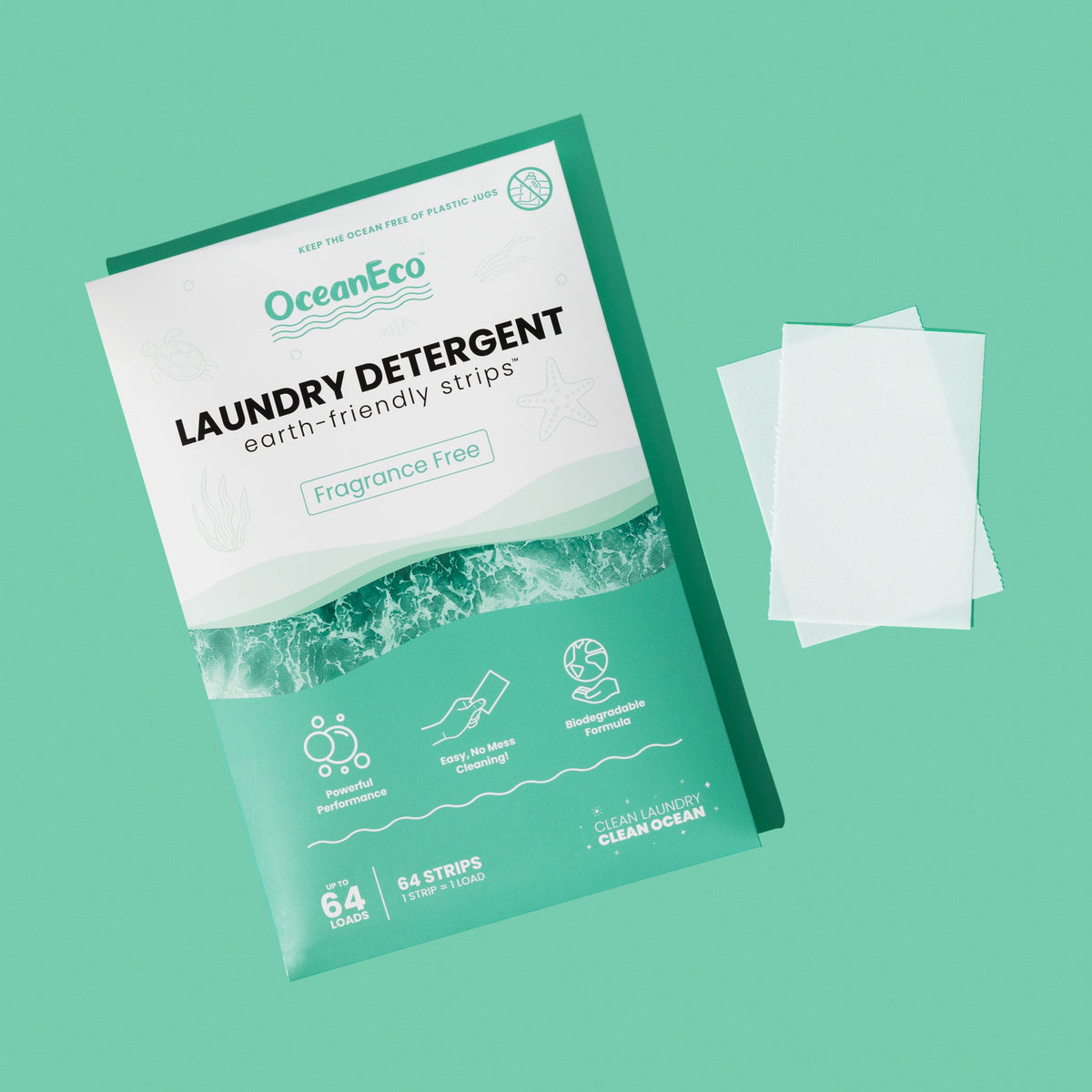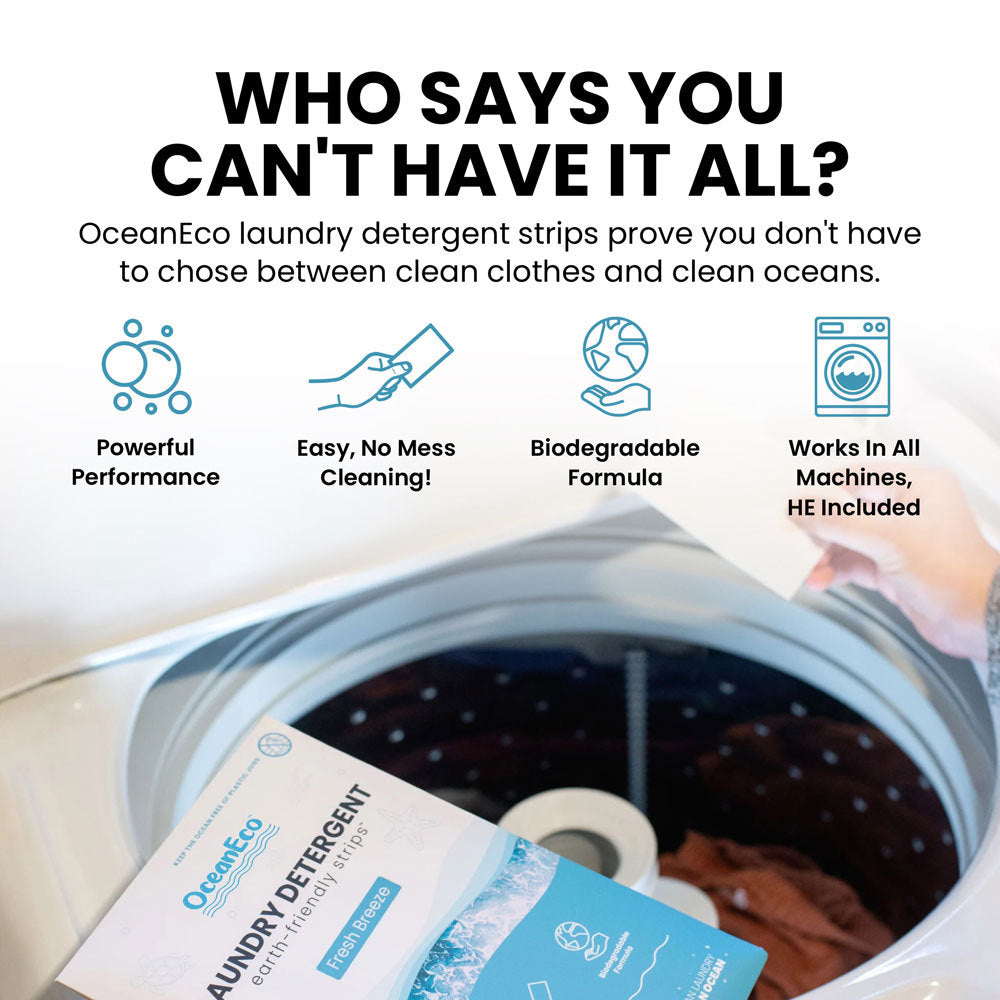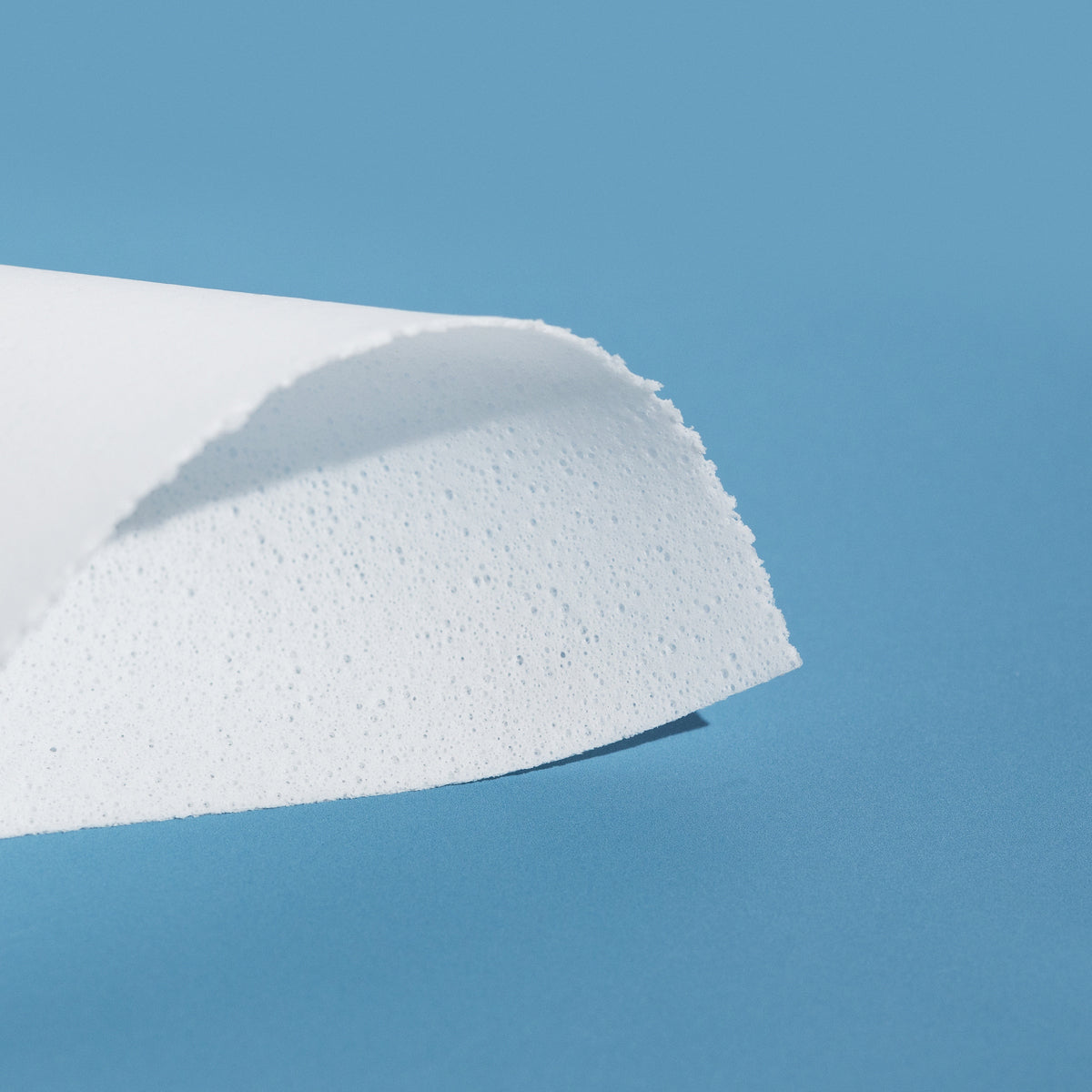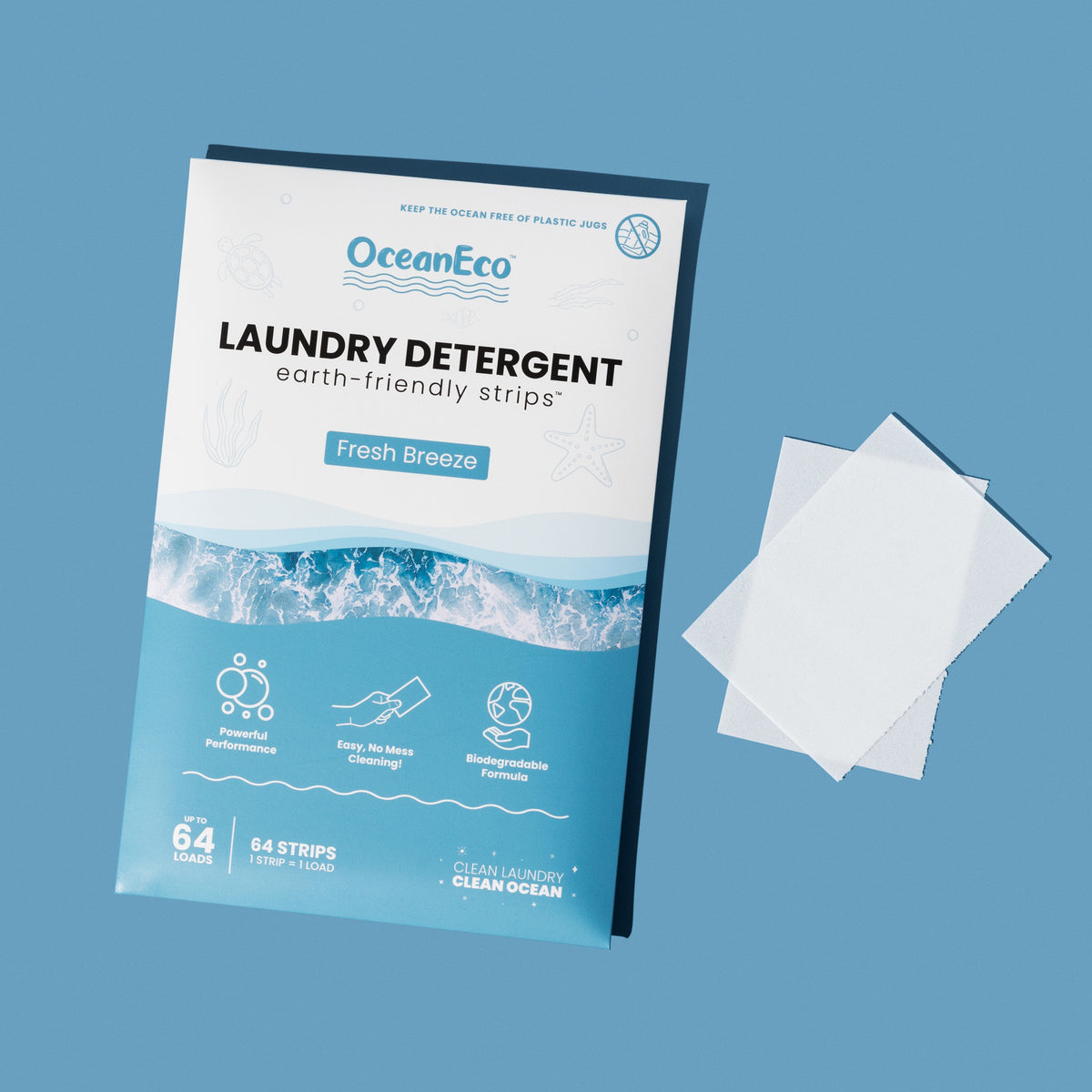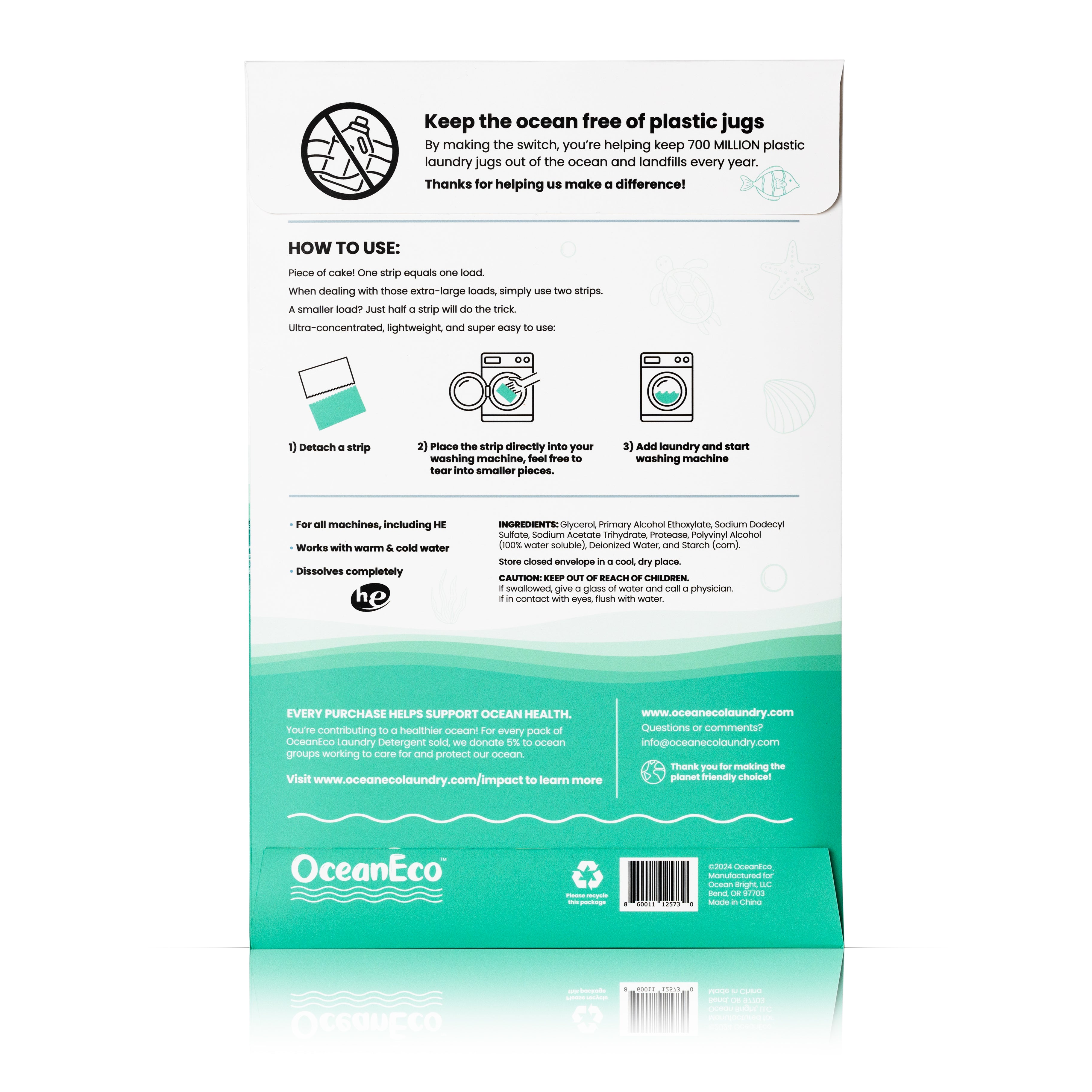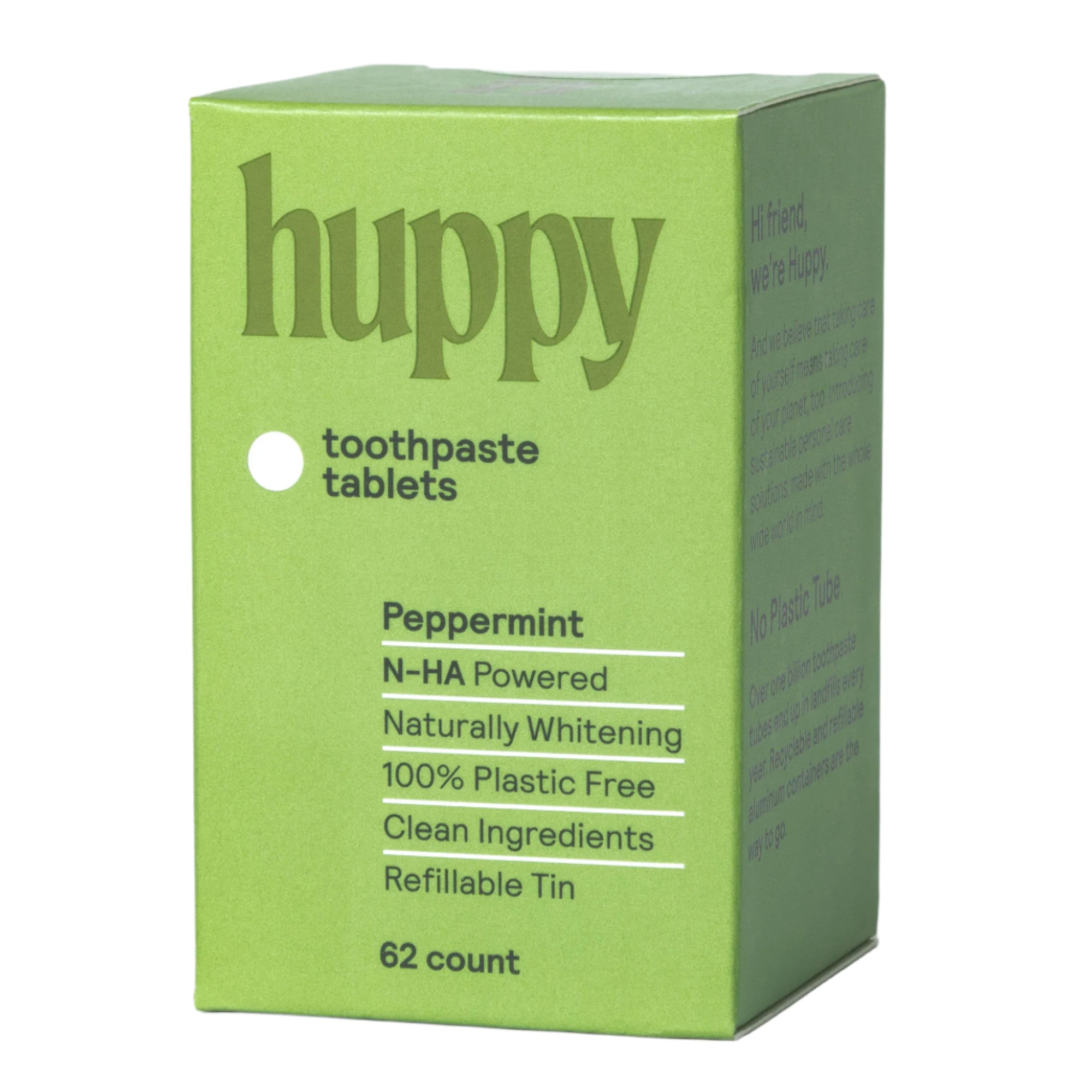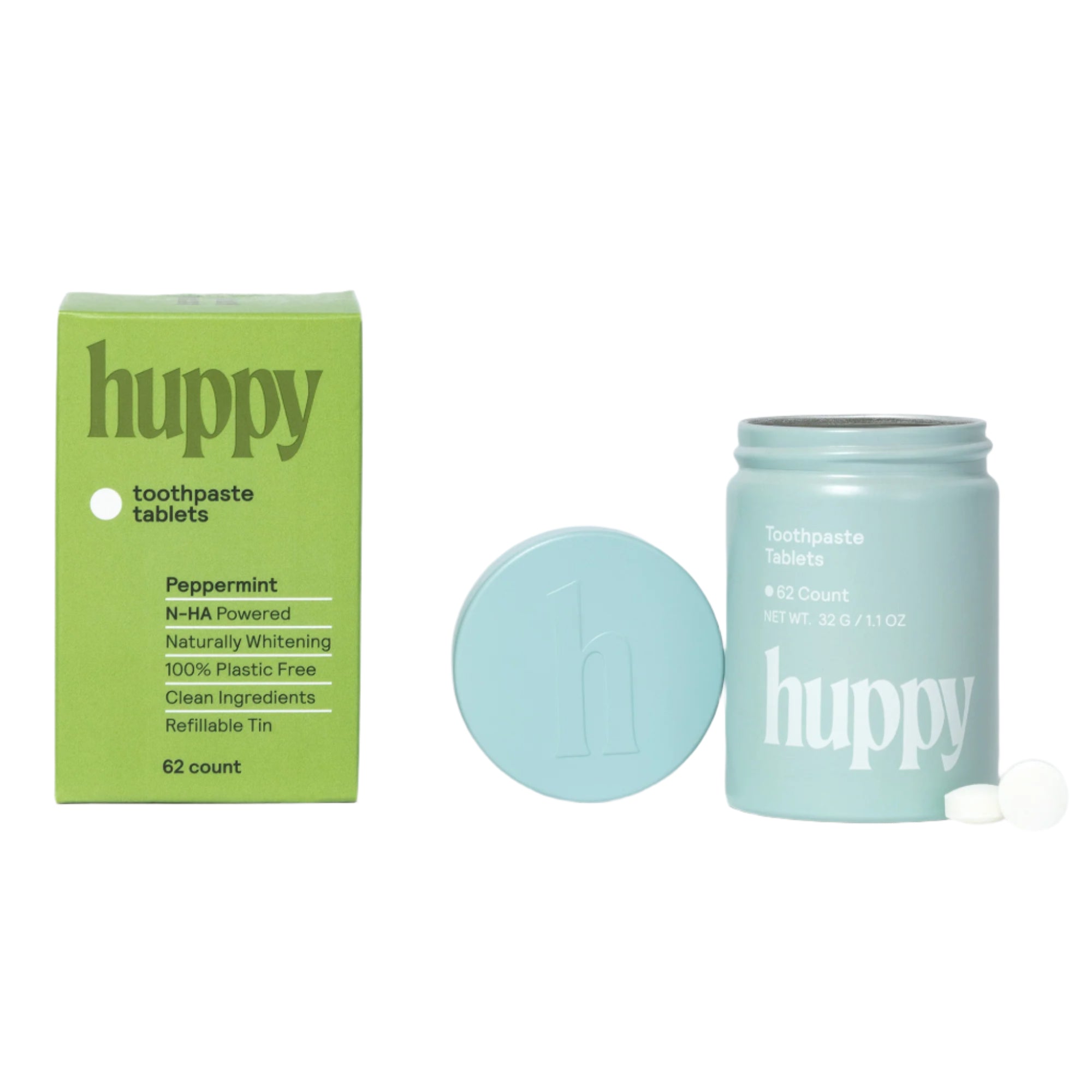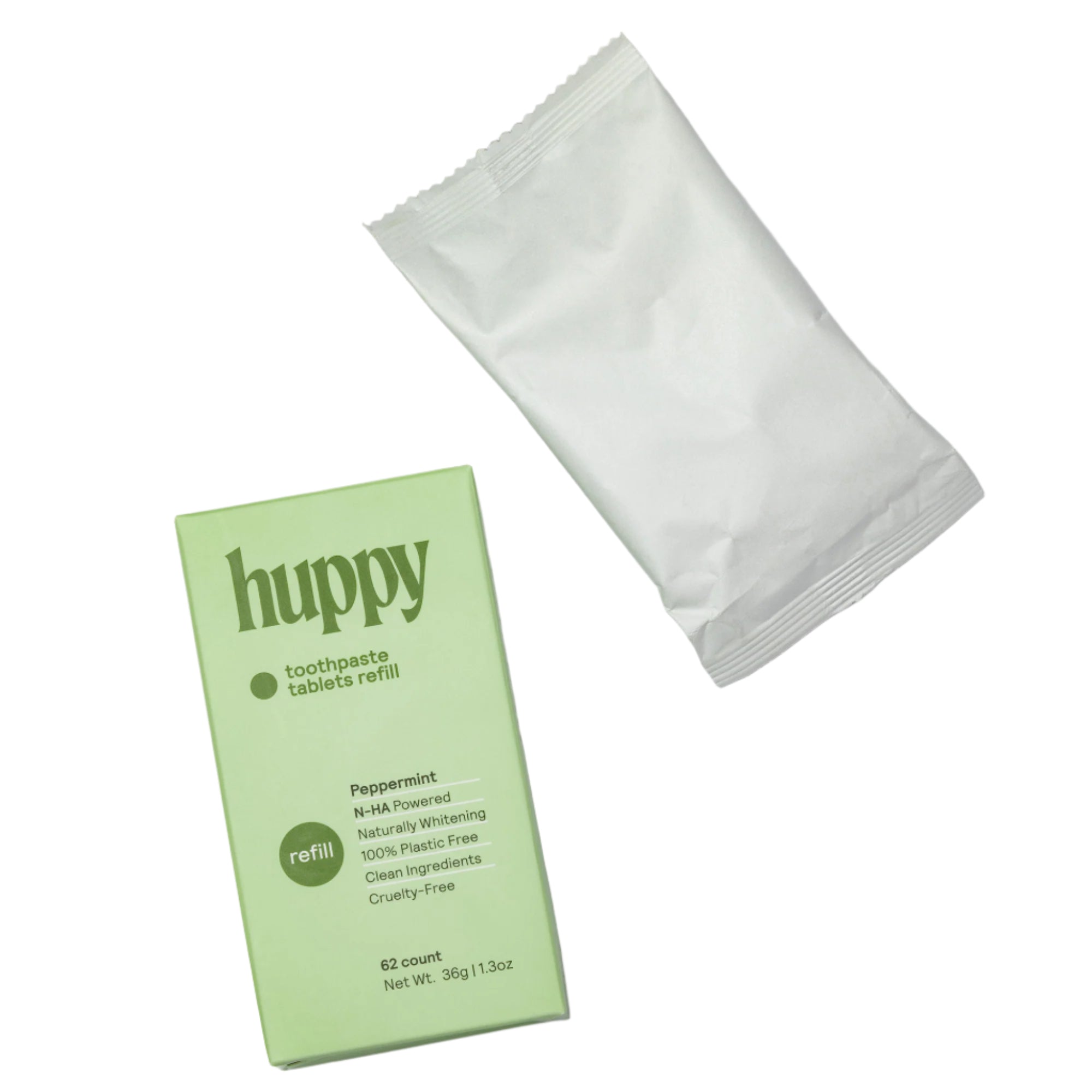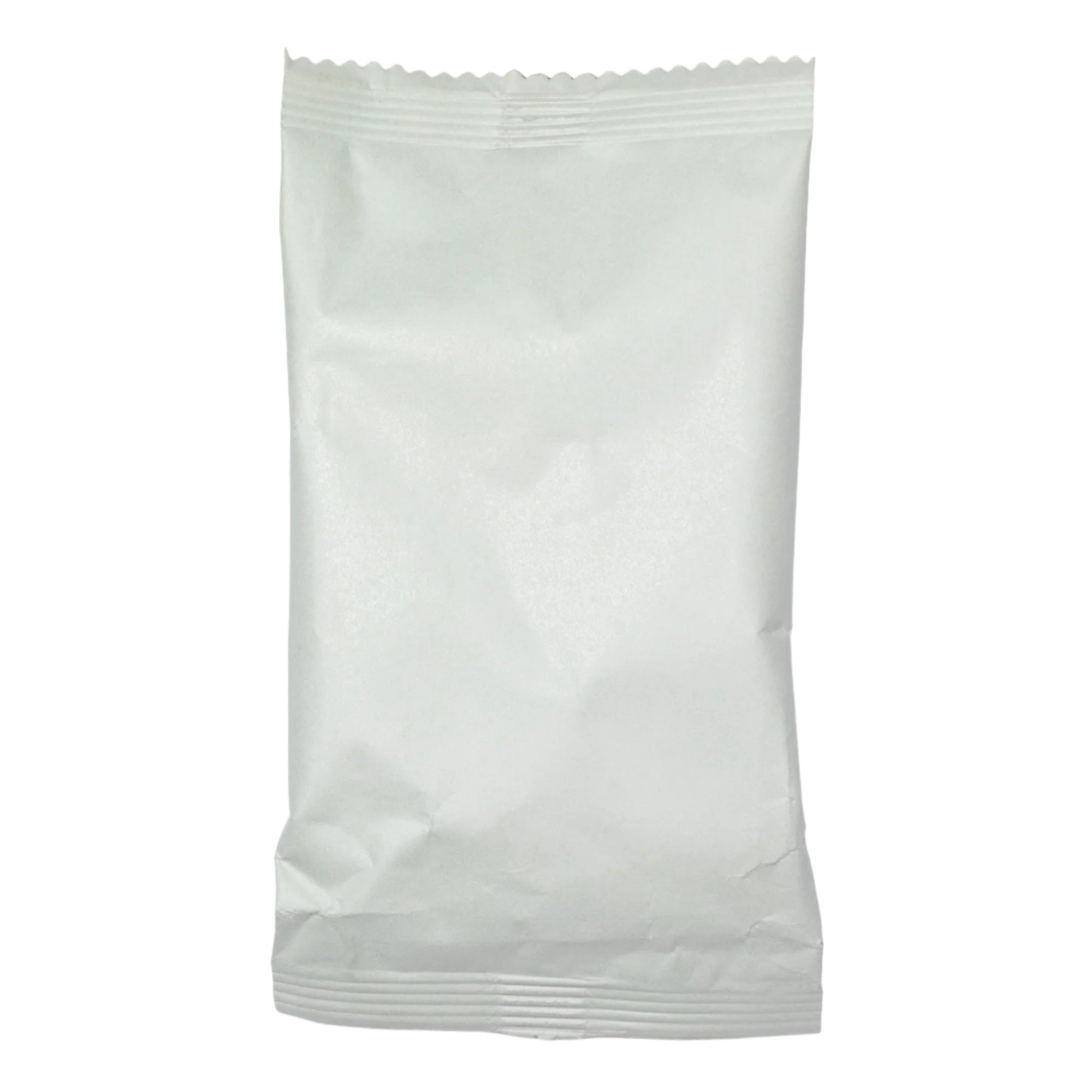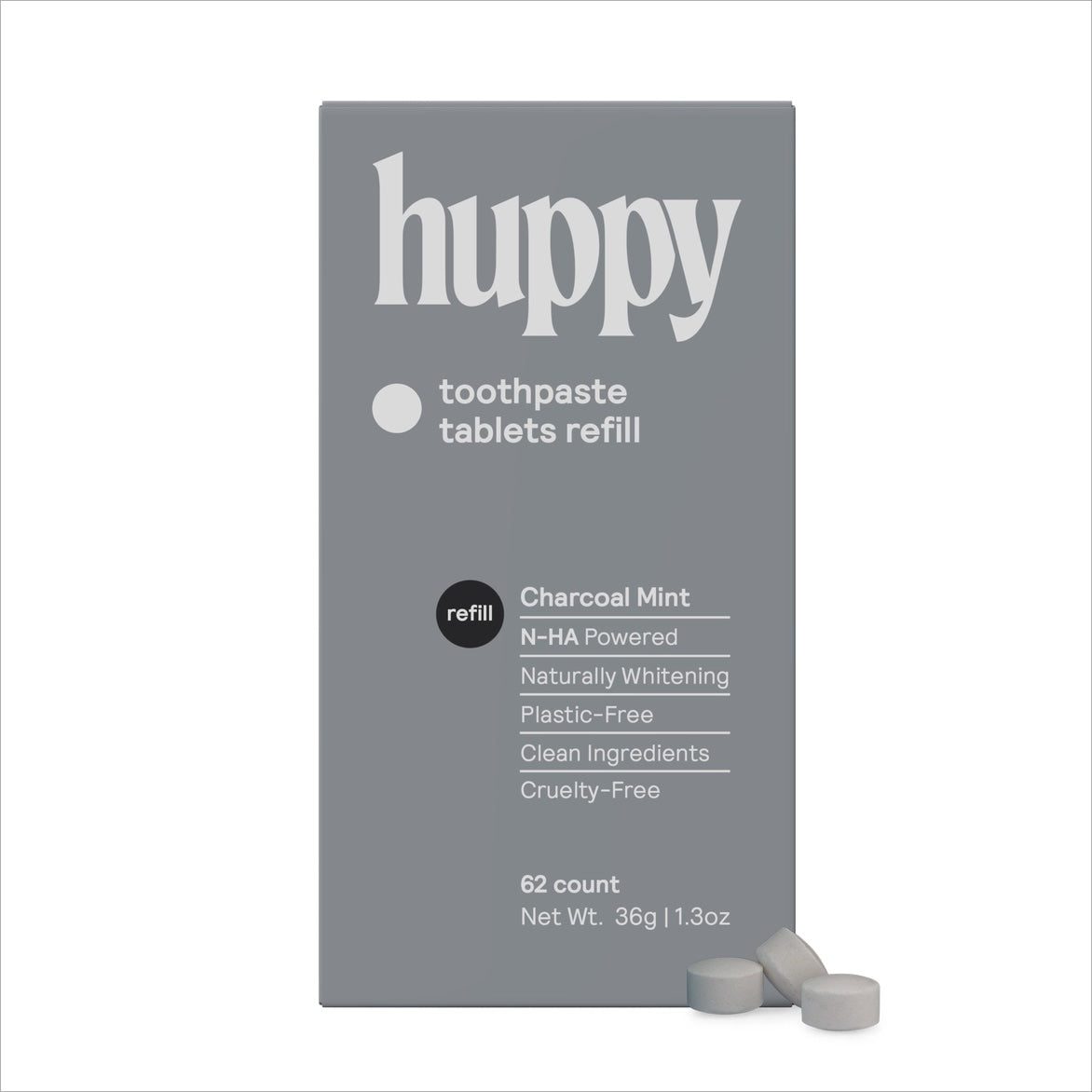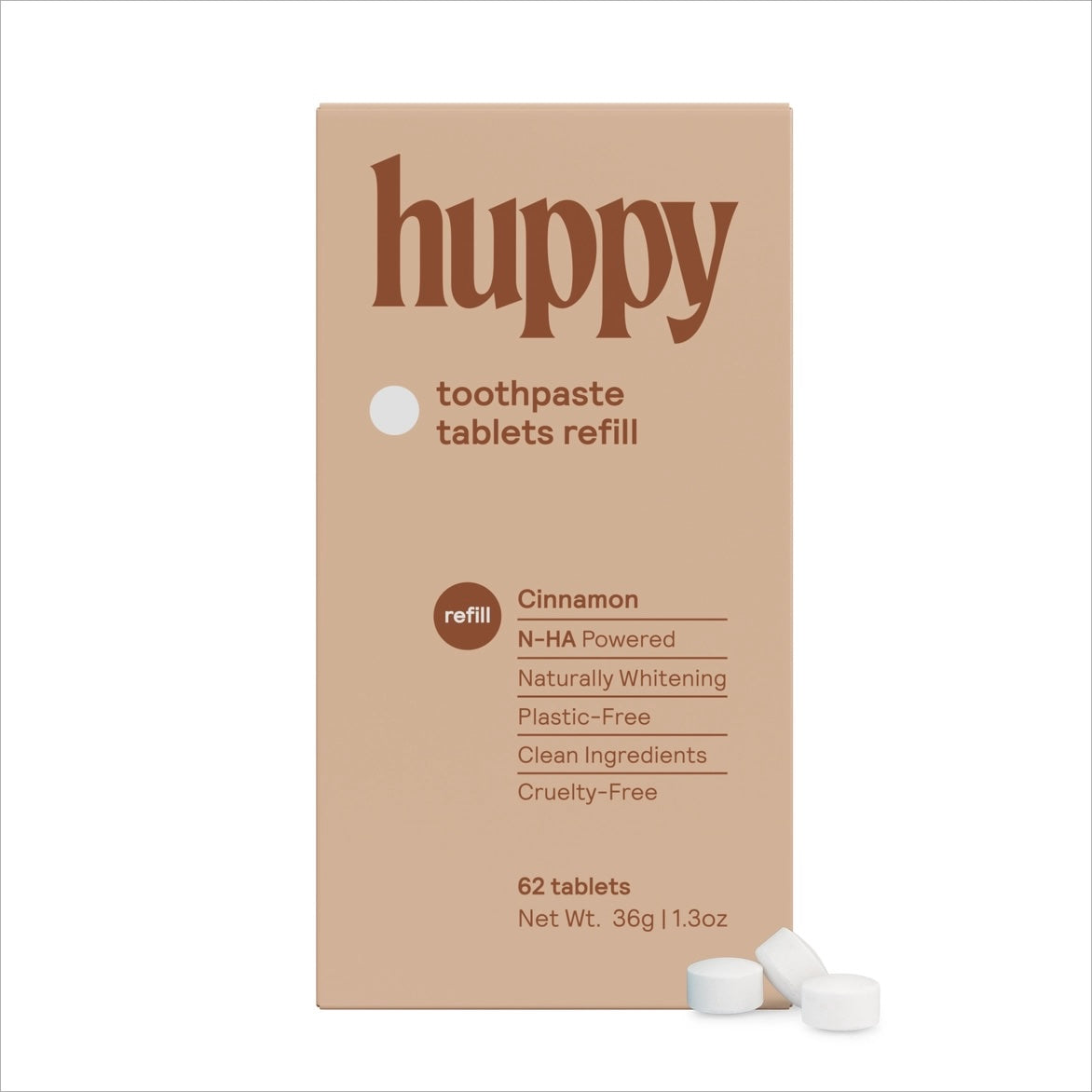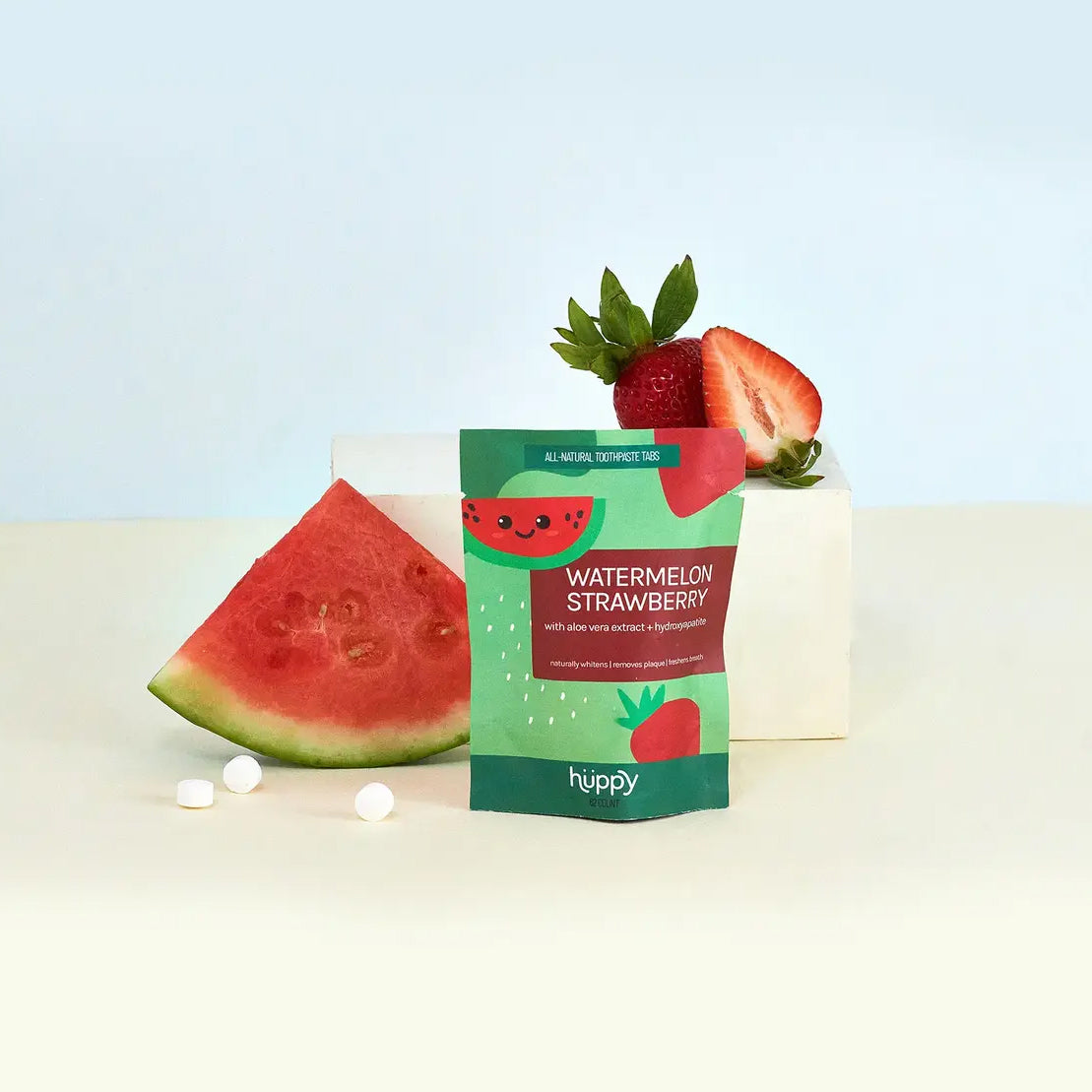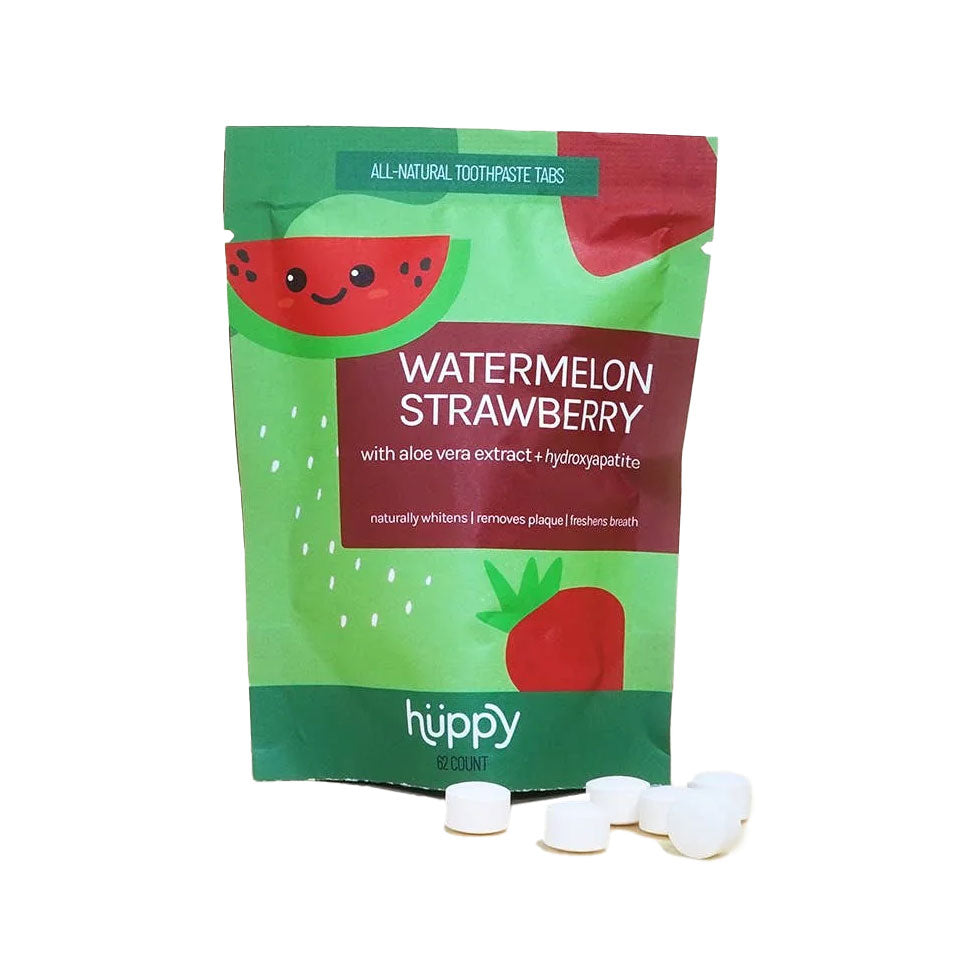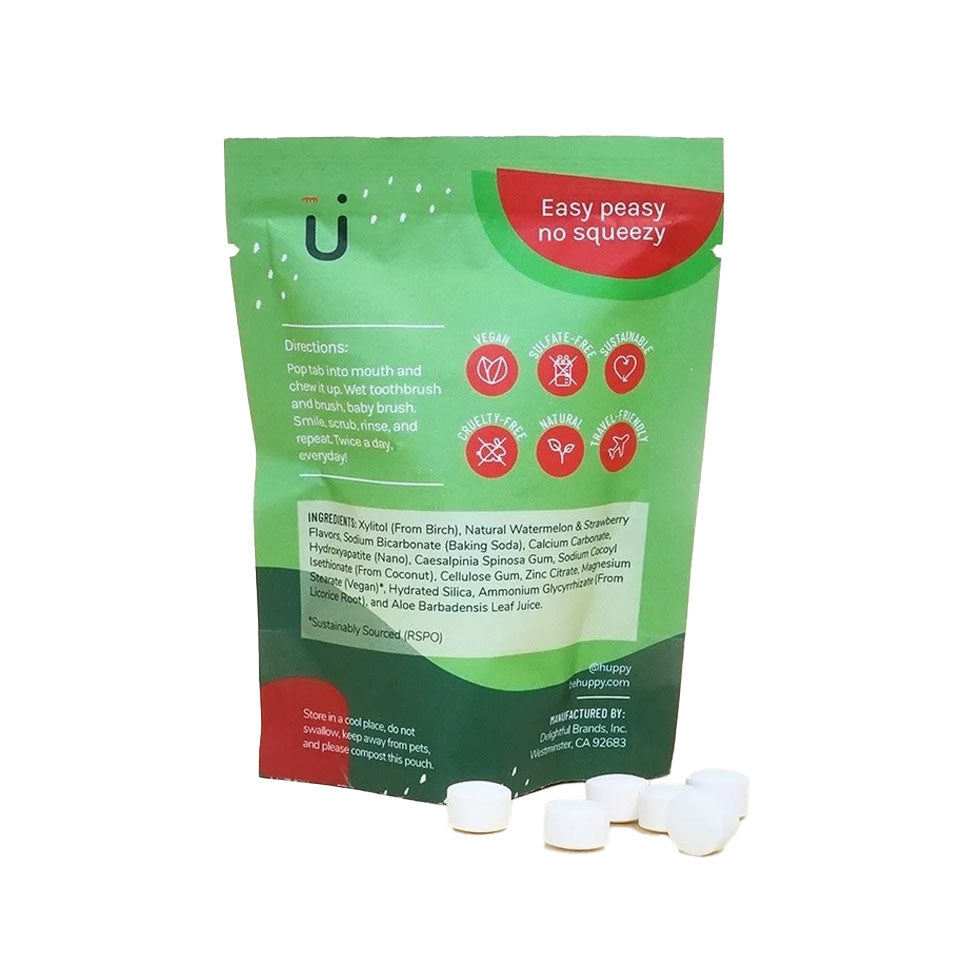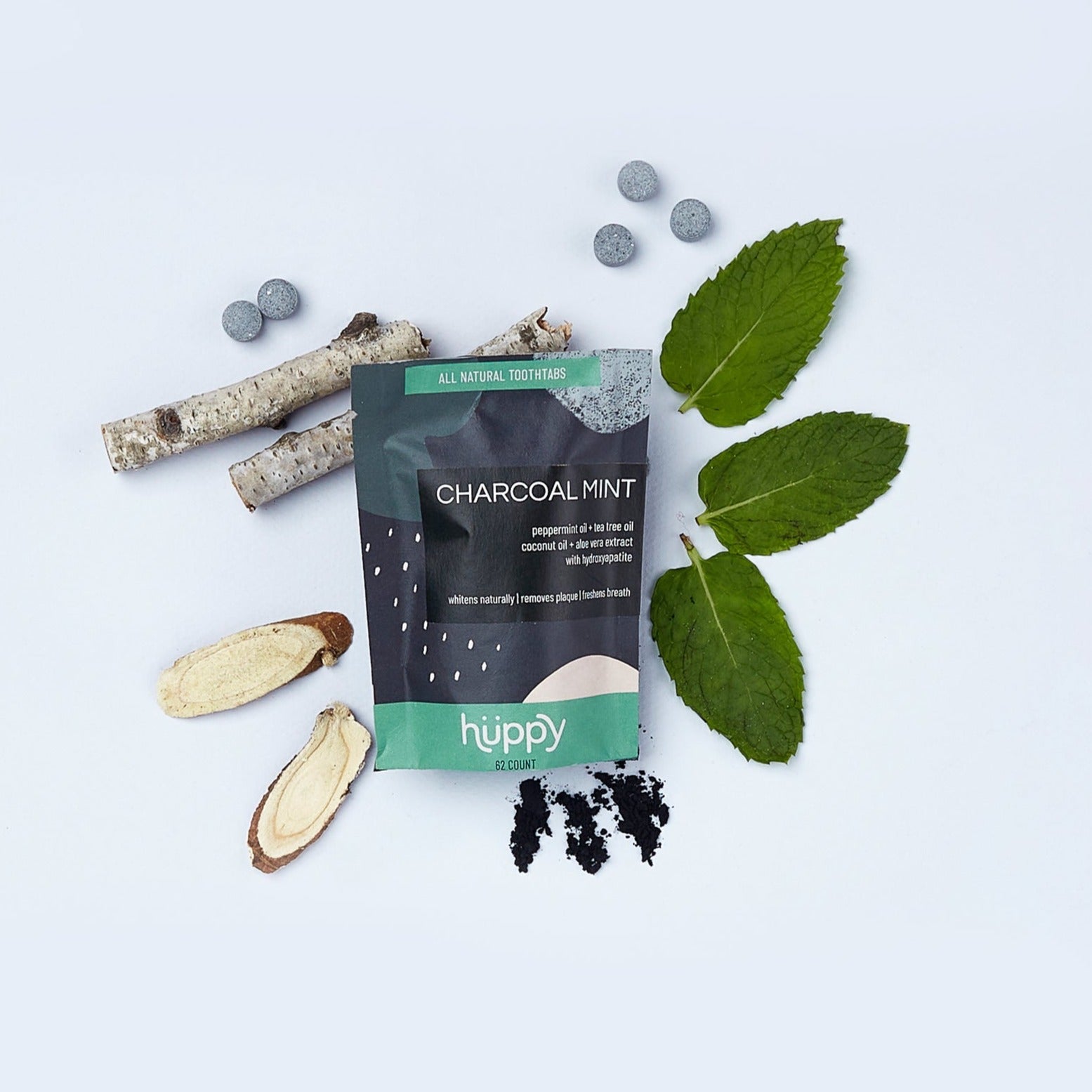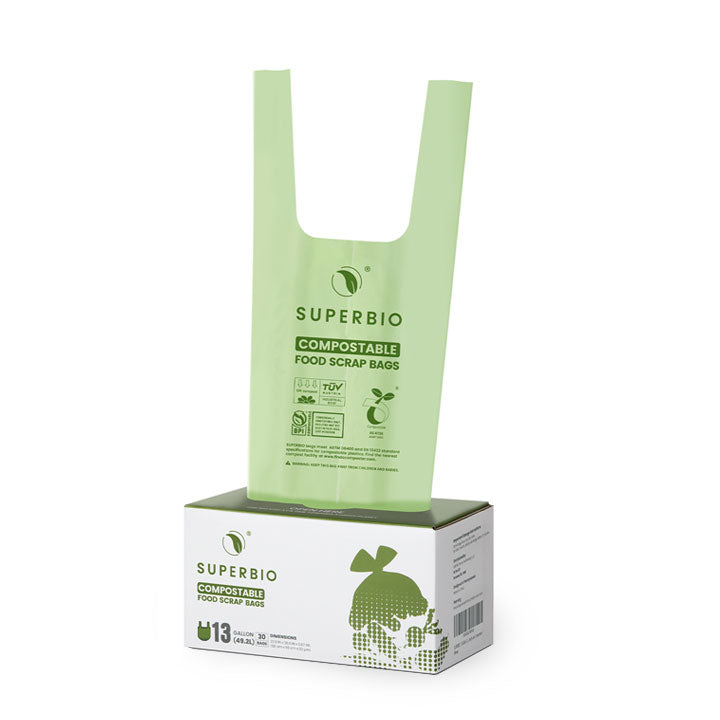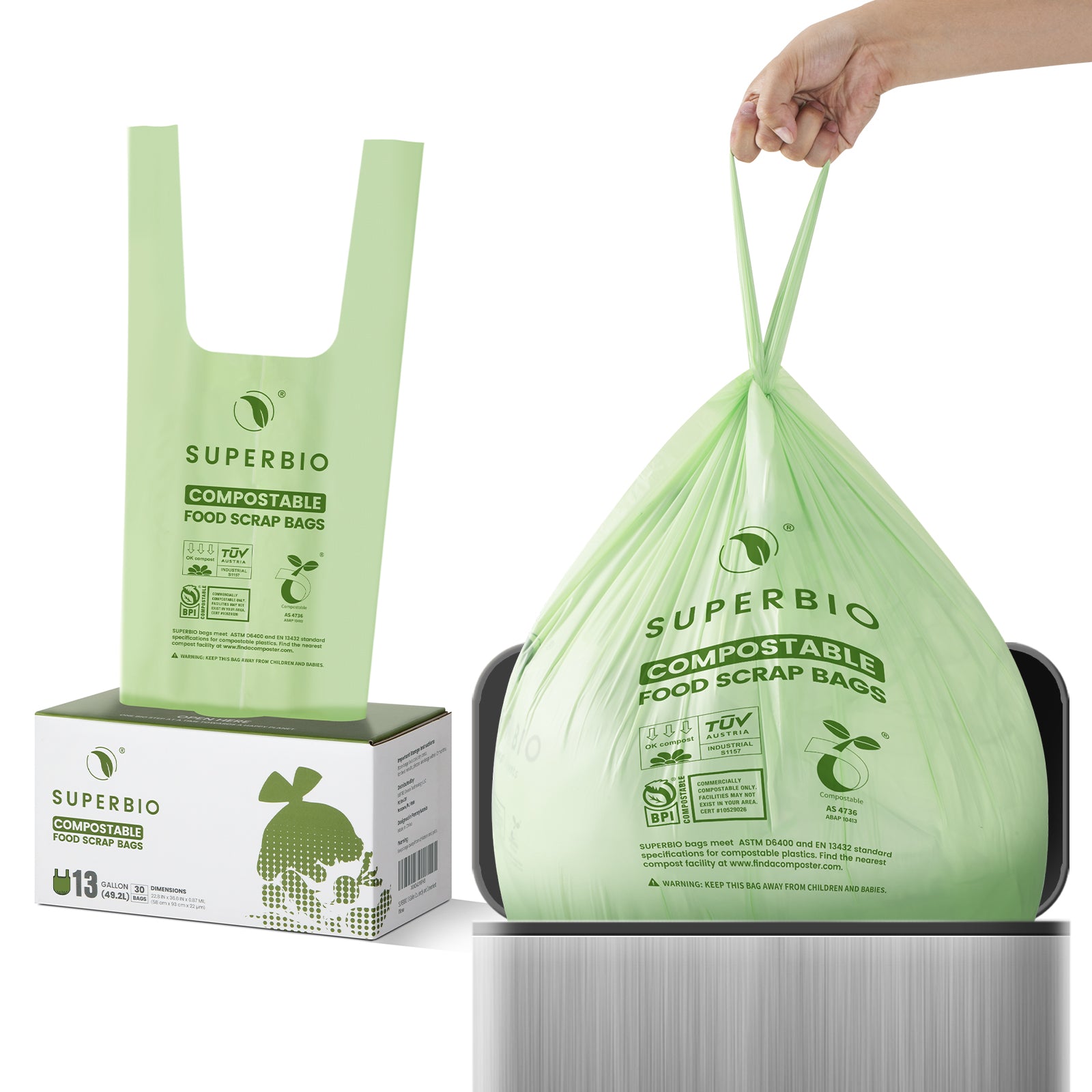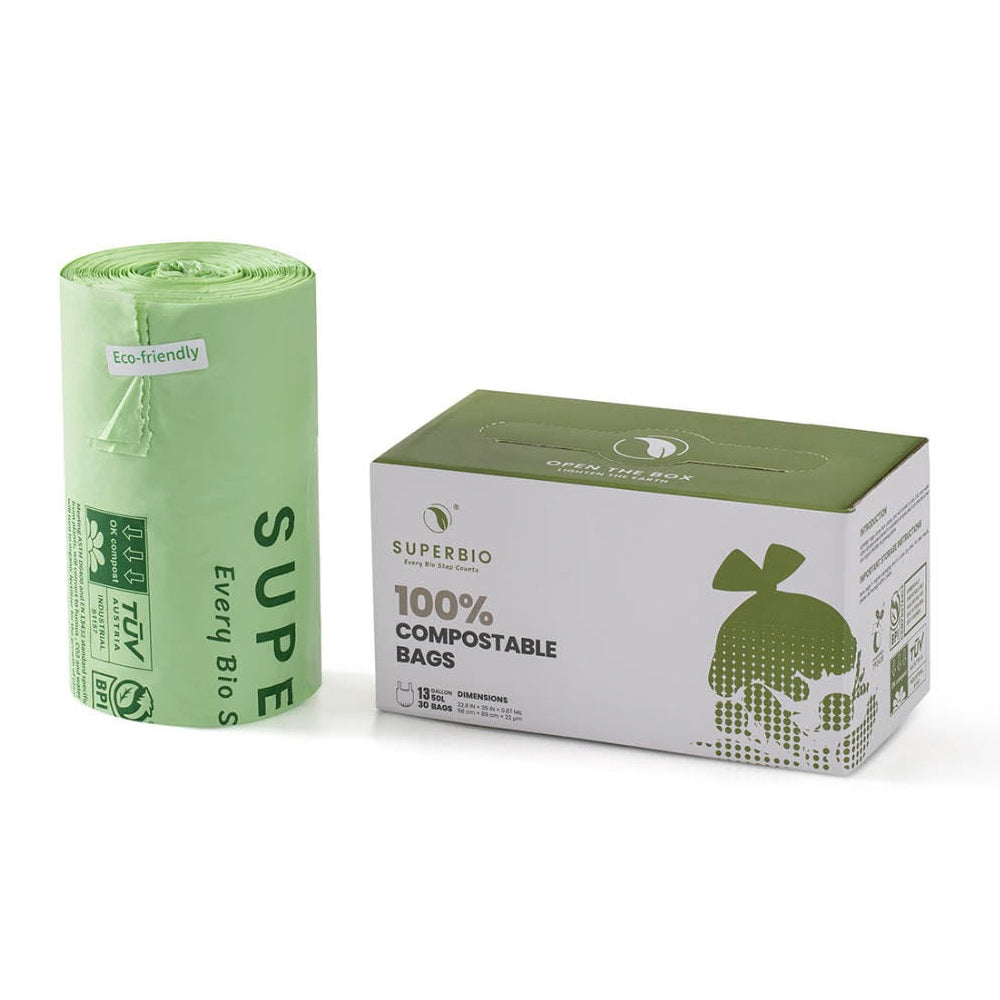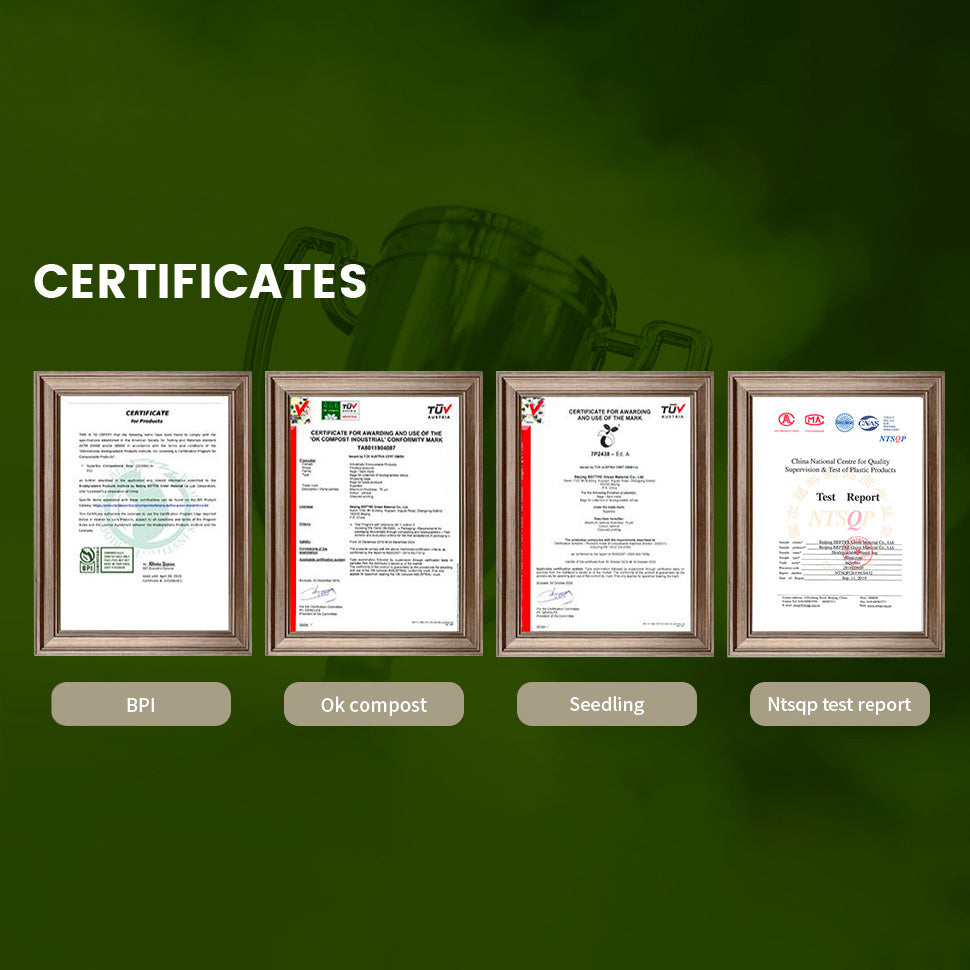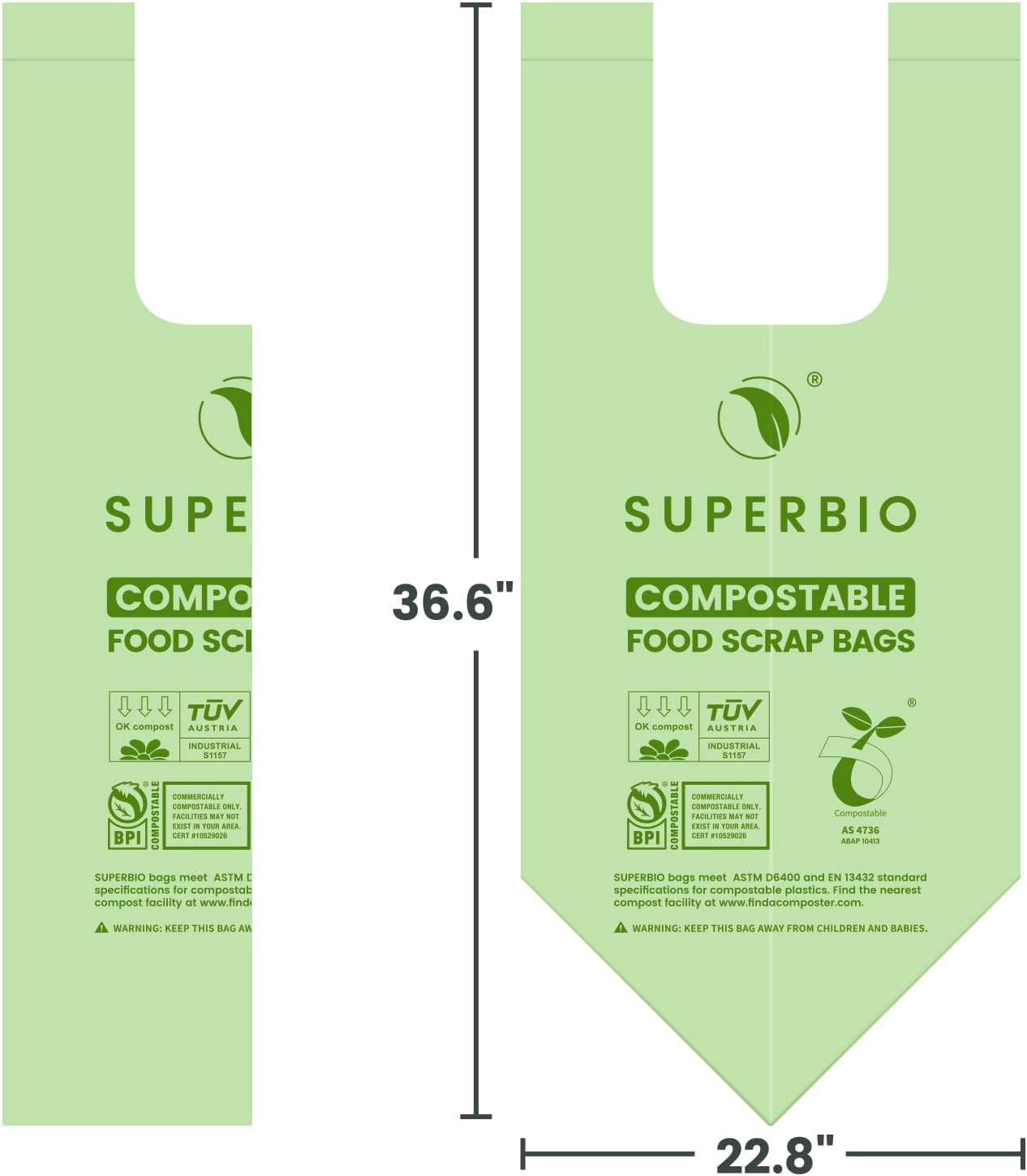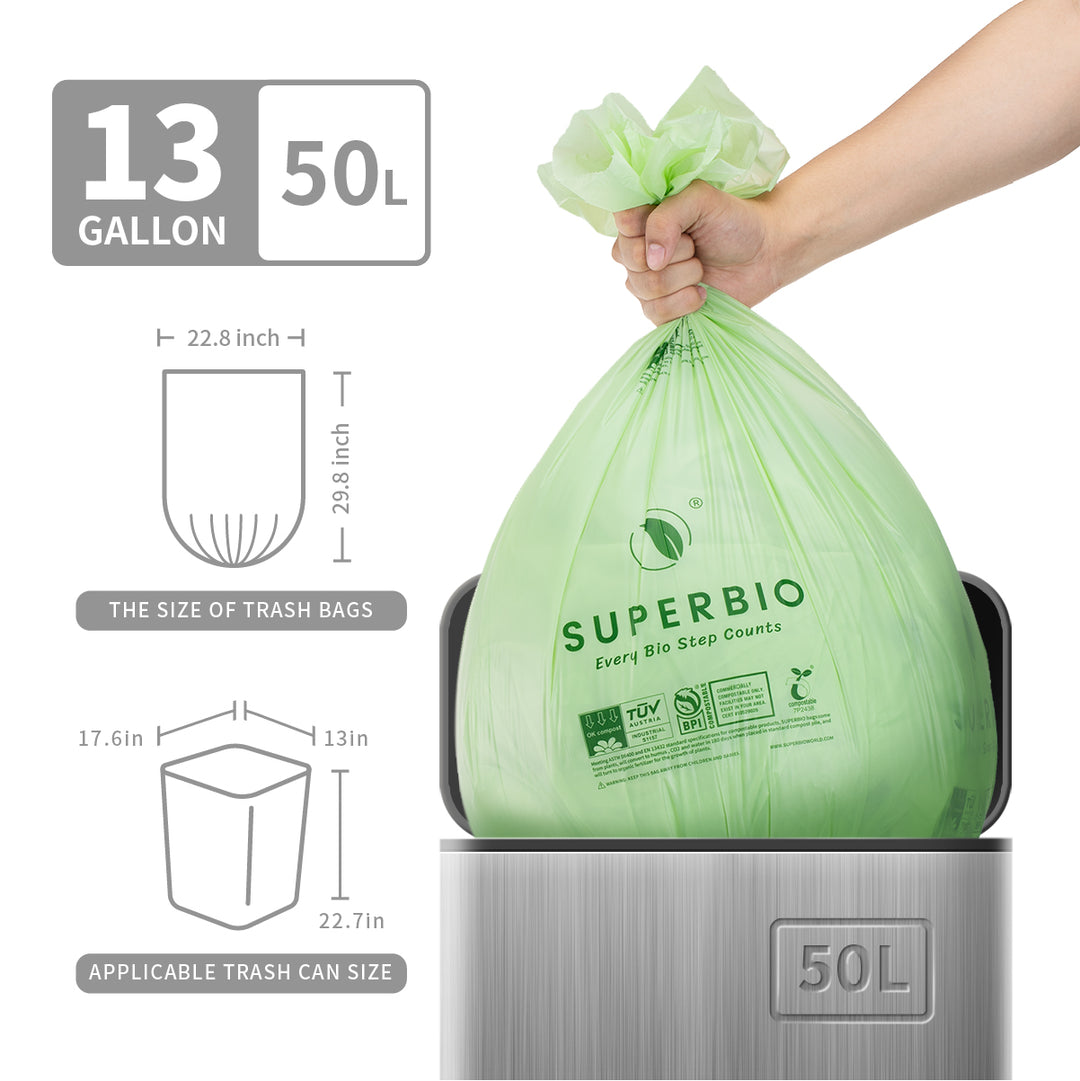These Unseen Ocean Plants Feed the Seas and Our Future
Beneath the ocean’s surface lies an extraordinary garden of life. From towering kelp to microscopic phytoplankton, these sea plants sustain marine animals, stabilize coastlines, and generate much of the oxygen we breathe.
Some anchor deep in the seabed, while others drift freely across the open water. Together, they form the backbone of marine ecosystems, feeding, sheltering, and protecting countless species.

Kelp forests create habitat, food, and shelter.
Kelp Forests: Giants of the Sea
Kelp is one of the ocean’s fastest-growing organisms. Giant kelp can reach nearly 200 feet in height, expanding as much as two feet a day. These underwater forests provide shelter for fish, otters, and seals while also producing oxygen and locking away carbon.
According to PADI, giant kelp’s holdfasts keep them anchored to rocky coastlines, while gas-filled bulbs help them reach toward the sunlight. Their importance has led scientists to describe them as the “rainforests of the sea.”

Seagrass meadows oxygenate coastal waters daily.
Seagrass Meadows: Nurseries of the Ocean
Unlike algae, seagrasses are true flowering plants with roots, stems, and leaves. They grow in shallow coastal waters where sunlight penetrates, forming dense meadows that protect young fish, crabs, and turtles. A single square meter of seagrass can produce 10 liters of oxygen daily, Sciencing reports.
In Indonesia and the Mediterranean, vast stretches of seagrass provide both food and safe havens for marine life. These meadows also trap carbon and reduce erosion, giving them a role in climate protection.

Protecting seafloor plants protects coastal communities.
The Power of Phytoplankton
Invisible to the naked eye, phytoplankton drift with ocean currents but fuel nearly all marine food webs. They photosynthesize like plants, creating biomass that feeds zooplankton, which in turn sustain fish, whales, and seabirds. Seasonal blooms are so vast they can be seen from space, turning whole swaths of water green. As MyPlantIn explains, these microscopic drifters produce more than half of Earth’s oxygen, surpassing all the world’s forests combined. Without them, marine ecosystems would collapse.
Algae in All Colors
Seaweeds come in three main forms: brown, red, and green algae. Brown algae include kelp and sargassum. Sargassum floats freely, creating surface habitats in the Atlantic that host baby turtles and fish, according to Scuba.com. Red algae, with their unique pigments, thrive in deeper waters where light is scarce. Some red species reinforce coral reefs, while others are harvested for food. Green algae, like sea lettuce, are closer to true plants and serve as food for sea urchins, snails, and fish. Together, algae filter water, store carbon, and support marine diets.

Restoring marine plants restores oxygen, food, and resilience.
Mangroves: Coastal Protectors
Mangrove forests line tropical shores, with tangled roots that stabilize soil and absorb storm surges. While most of the tree rises above water, its submerged roots provide nurseries for shrimp, fish, and crabs. Covering 12% of the world’s coastlines, mangroves act as powerful carbon sinks, according to PADI. They also shield vulnerable communities from flooding, making them vital not just for marine ecosystems but for people.
Other Ocean Floor Flora
Beyond the big players are smaller but equally critical plants. Halimeda, a calcareous green algae, helps build reefs by secreting calcium carbonate, Times of India reports.
Scroll algae form delicate curls on the seafloor, while sea fans and sea whips create lattice-like habitats for fish and invertebrates, Ocean Info notes. These less familiar organisms add diversity and structure to marine habitats, ensuring no corner of the ecosystem is left unsupported.
The Ocean’s Lungs
Taken together, ocean plants regulate the planet’s climate, produce oxygen, and nurture marine life from the smallest larvae to the largest whales. They are not just background scenery for divers but the essential machinery of life on Earth. Protecting them is not only an act of conservation—it is a safeguard for the future of the ocean and humanity itself.





























































































